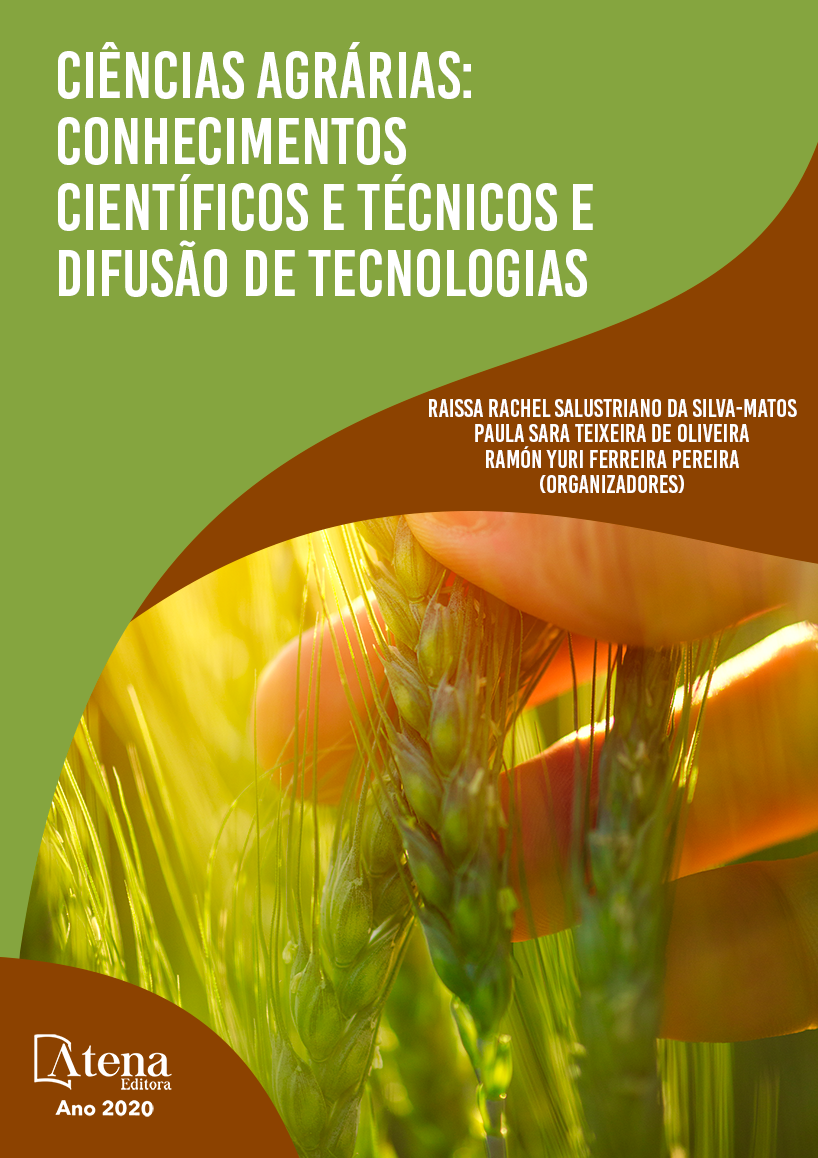
PERCEVEJO BRONZEADO (Thaumastocoris peregrinus): SUBSÍDIOS AO MANEJO INTEGRADO EM PLANTIOS DE EUCALIPTO EM MINAS GERAIS
Objetivou-se neste trabalho reunir e disponibilizar aos interessados informações práticas geradas a partir duas experiências vividas pelos autores no contexto da disseminação do percevejo bronzeado em plantios de eucalipto no Cerrado de Minas Gerais. Na primeira experiência relatada, a partir da avaliação da variação populacional e da manifestação dos sintomas do ataque do Thaumastocoris peregrinus evidenciou-se sua preferência pelos clones PL-3336 e PL-40, e a resistência natural do clone PL-3335. Verificou-se ainda que a expressão máxima dos sintomas nas plantas não ocorreu em sincronia temporal com o ápice populacional do inseto na área, sugerindo seu manejo seja baseado na identificação precoce e monitoramento populacional da praga. Em uma segunda experiência, todos os inseticidas testados proporcionaram um nível de controle do T. peregrinus satisfatório, com destaque para os tratamentos T 4 (Tiametoxam) e T 5 (Deltametrina), que promoveram uma redução da população da praga superior a 50% em apenas 2 dias após as aplicações.
PERCEVEJO BRONZEADO (Thaumastocoris peregrinus): SUBSÍDIOS AO MANEJO INTEGRADO EM PLANTIOS DE EUCALIPTO EM MINAS GERAIS
-
DOI: 10.22533/at.ed.93020170712
-
Palavras-chave: Thaumastocoris peregrinus, manejo integrado de pragas, eucalipto.
-
Keywords: Thaumastocoris peregrinus, Integrated pest management Eucalytus.
-
Abstract:
The objective of this work is to gather and provide to interested parties practical information generated from two experiences lived by the authors in the context of the dissemination of the bronze bug in eucalyptus plantations in the Cerrado of Minas Gerais. In the first reported experiment, starting from the assessment of population variation and the manifestation of the symptoms of the Thaumastocoris peregrinus attack, his preference for clones PL-3336 and PL-40 was evident, and the natural resistance of clone PL-3335. It was also found that the maximum expression of symptoms in plants did not occur in time synchrony with the population peak of the insect in the area, suggesting that its management is based on early identification and population monitoring of the pest. In a second experiment, all insecticides tested provided a satisfactory level of control of T. peregrinus, with emphasis on the treatments T 4 (Tiametoxam) and T 5 (Deltamethrin), which promoted a reduction in the pest population of more than 50% in just 2 days after applications.
-
Número de páginas: 14
- Marlon Michel Antônio Moreira Neto
- Sharlles Christian Moreira Dias
- Ivan da Costa Ilhéu Fontan


